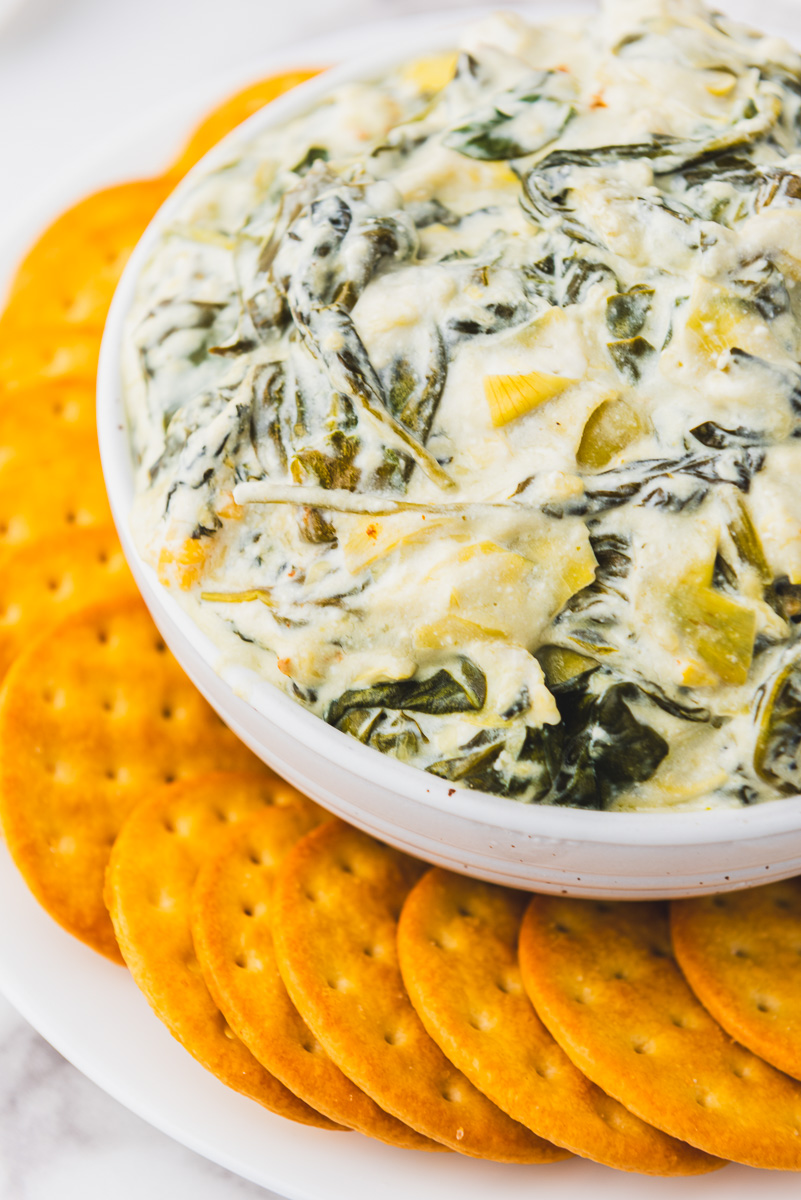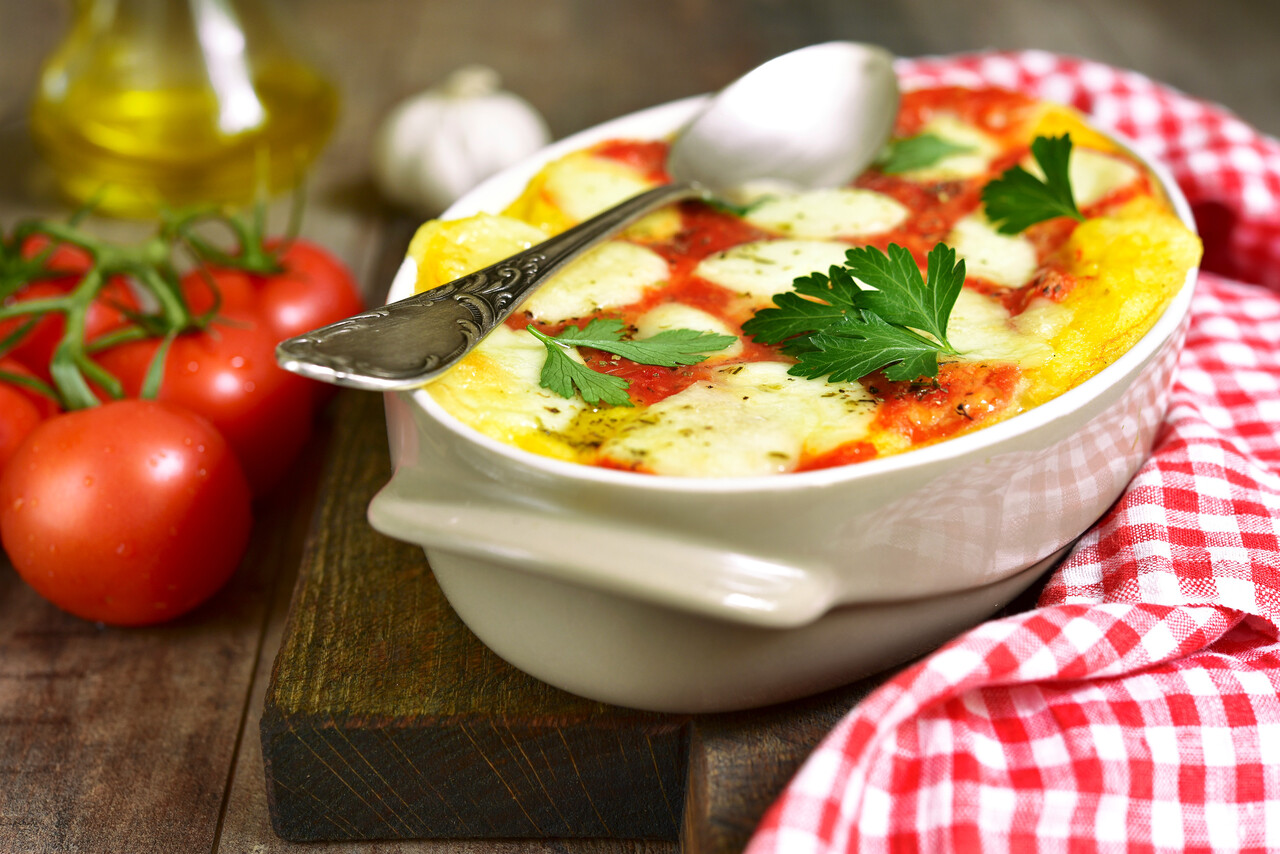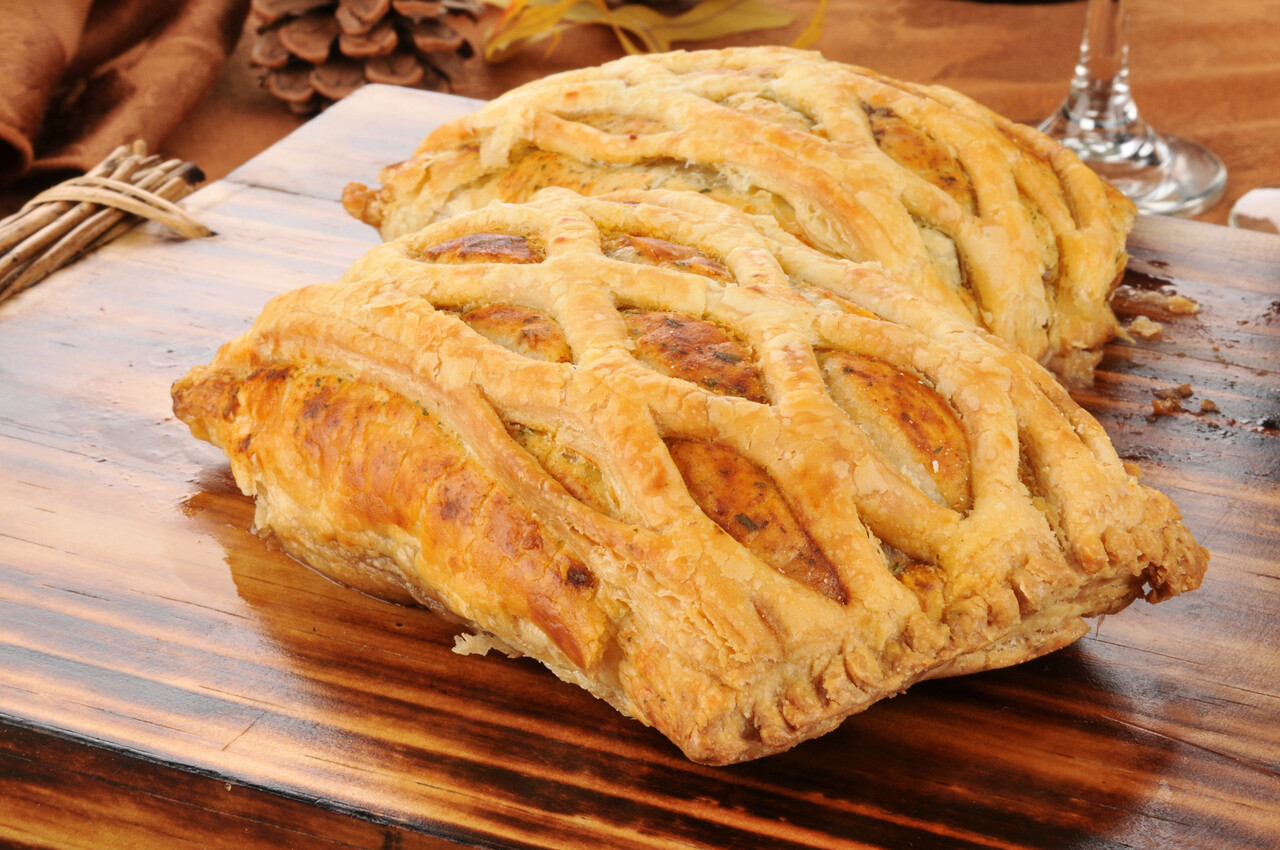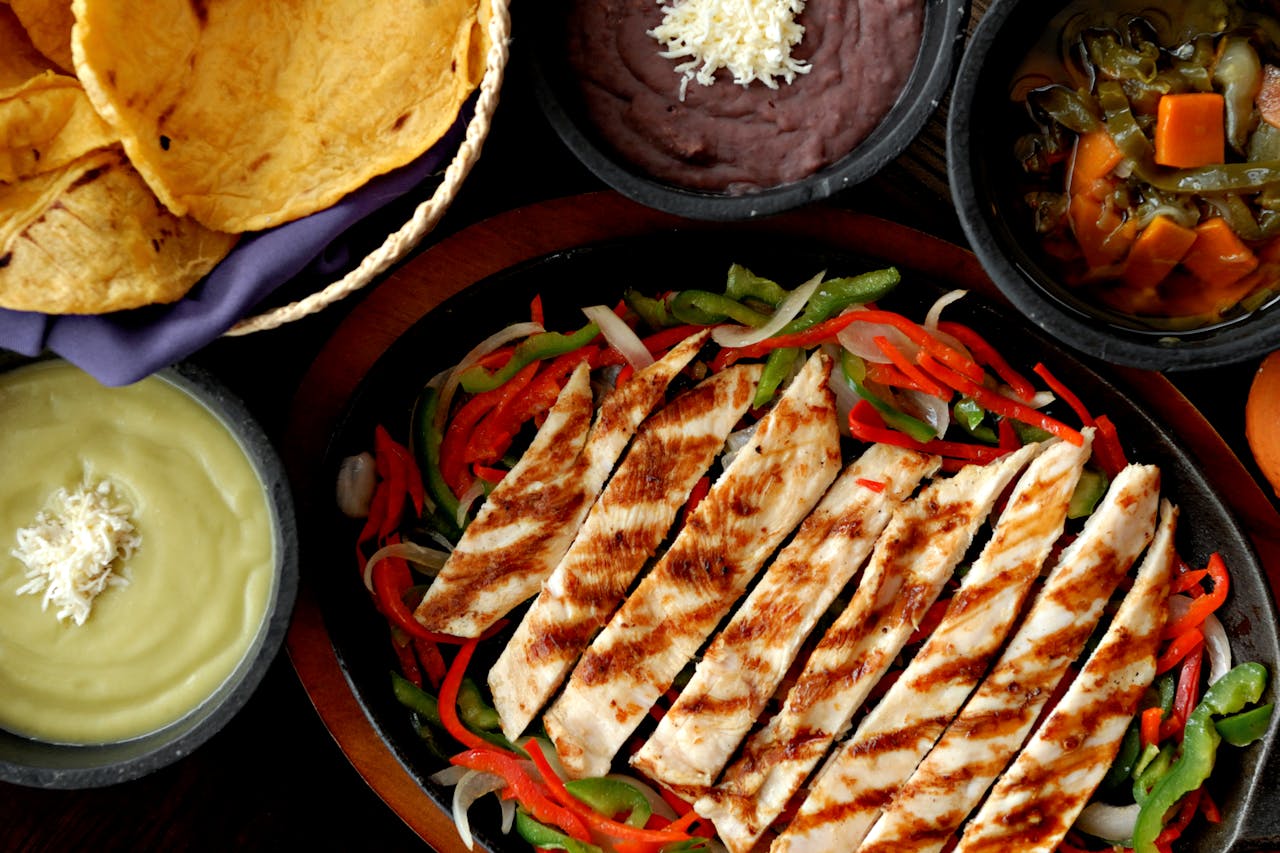8 Best and Worst Orders at a Seafood Restaurant
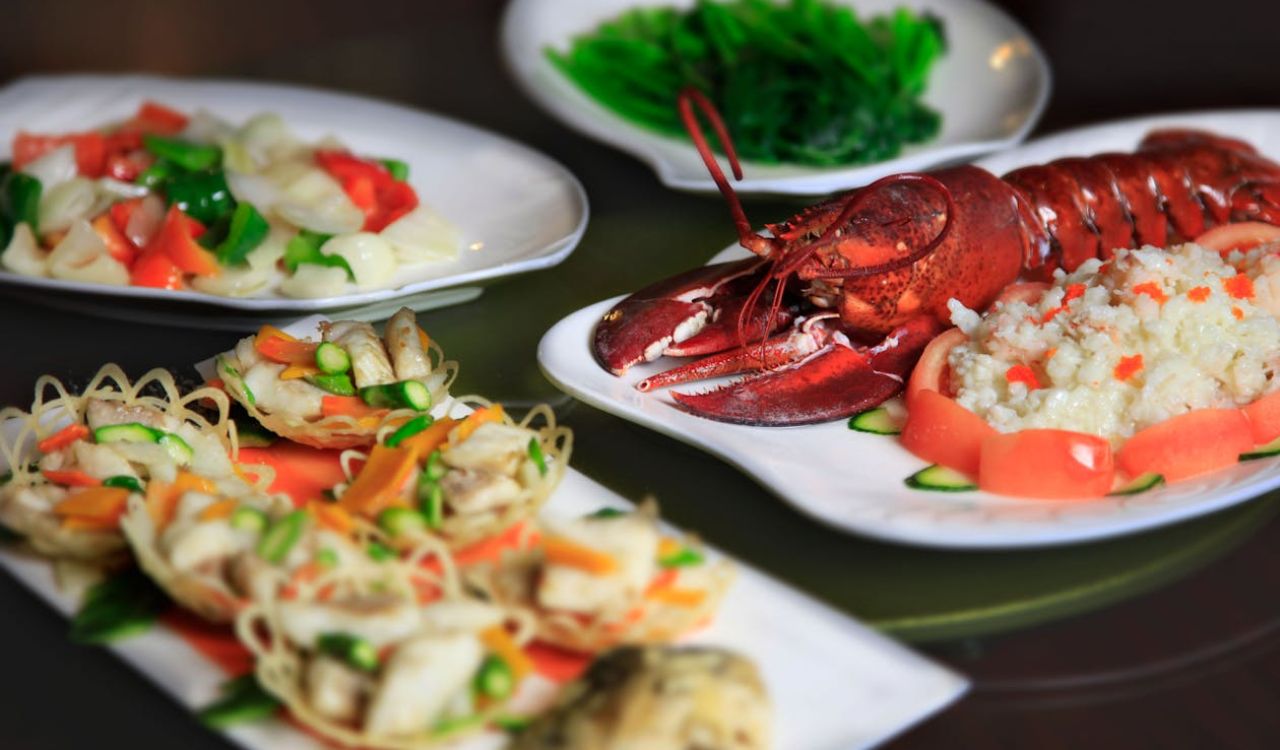
Seafood restaurants offer a wide variety of dishes, from grilled filets to deep-fried platters. Some options let the natural flavors of the ocean shine while providing a nutritious, satisfying meal. Others rely on heavy breading, rich sauces, or questionable preparation methods that can leave you feeling weighed down. Knowing the difference helps you make the most of your dining experience. Below are eight of the best seafood orders you can feel good about, followed by eight of the worst to avoid.
1. Grilled Salmon
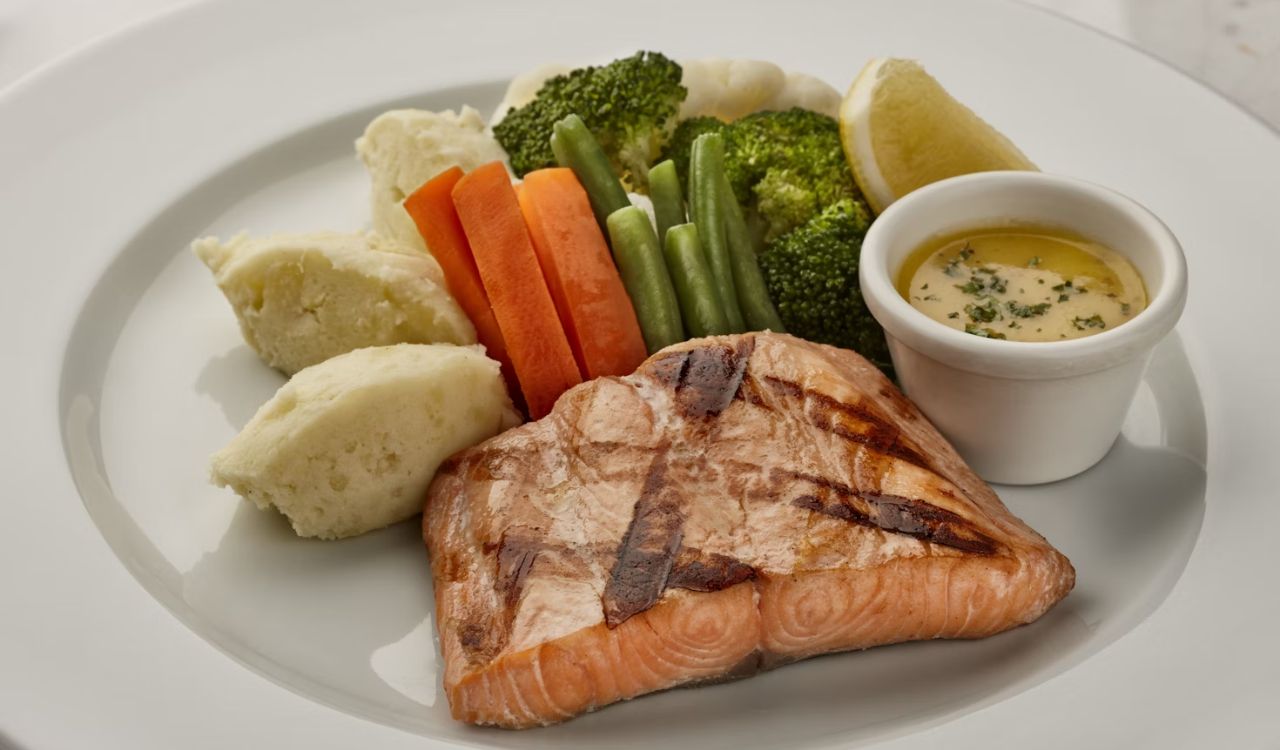
Grilled salmon is one of the healthiest and most popular seafood choices. It is rich in omega-3 fatty acids, which support heart and brain health, and delivers about 20 grams of protein per 3-ounce serving. Grilling enhances its natural fattiness without adding excess calories, and a squeeze of lemon or fresh herbs keeps the flavor bright. Many restaurants pair salmon with vegetables or whole grains, creating a well-rounded entrée. Flavorful, filling, and nutrient-dense, salmon remains a reliable order that balances indulgence with health benefits.
2. Oysters on the Half Shell
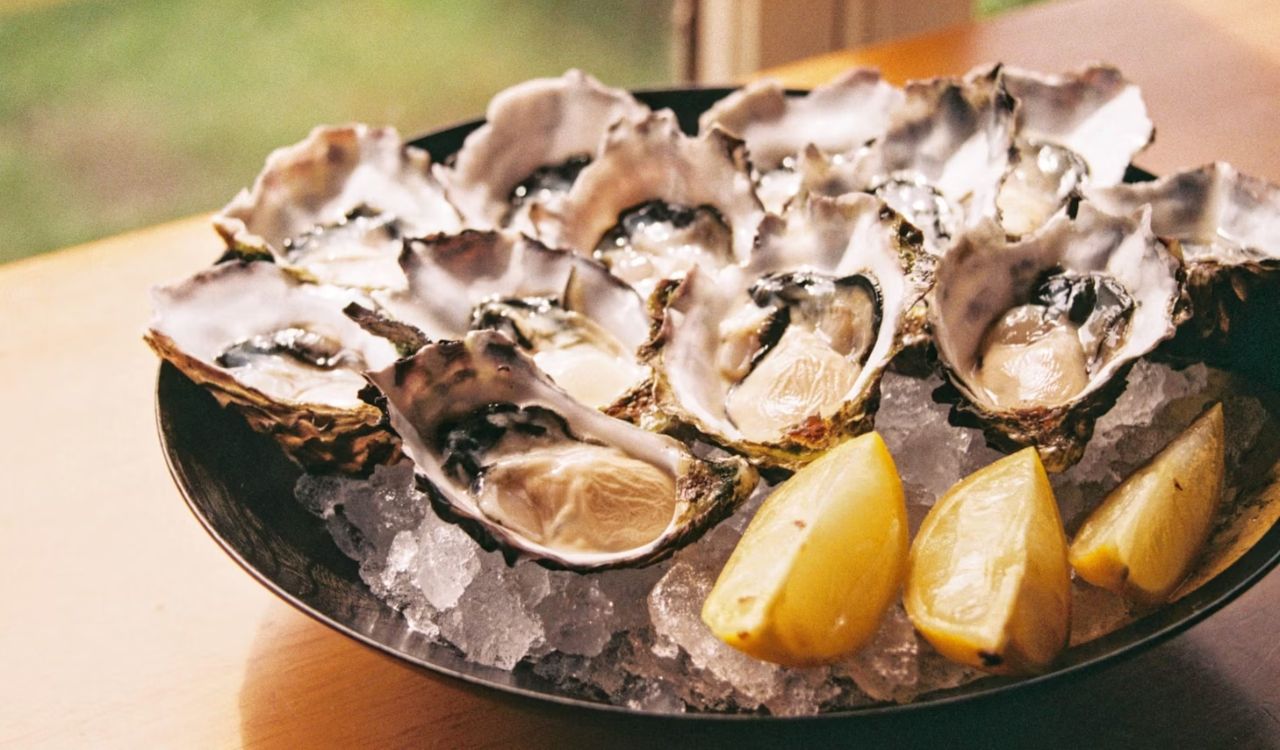
Oysters showcase seafood at its purest. Low in calories and high in zinc, vitamin B12, and iron, they deliver essential nutrients in just a few bites. Their briny taste is enhanced with a squeeze of lemon or a light mignonette, keeping them refreshing and light. Because they must be served fresh, ordering oysters also signals a restaurant’s quality standards. Perfect as an appetizer or light meal, oysters provide a luxurious dining experience that is surprisingly nutrient-rich and satisfying without being heavy.
3. Steamed Mussels
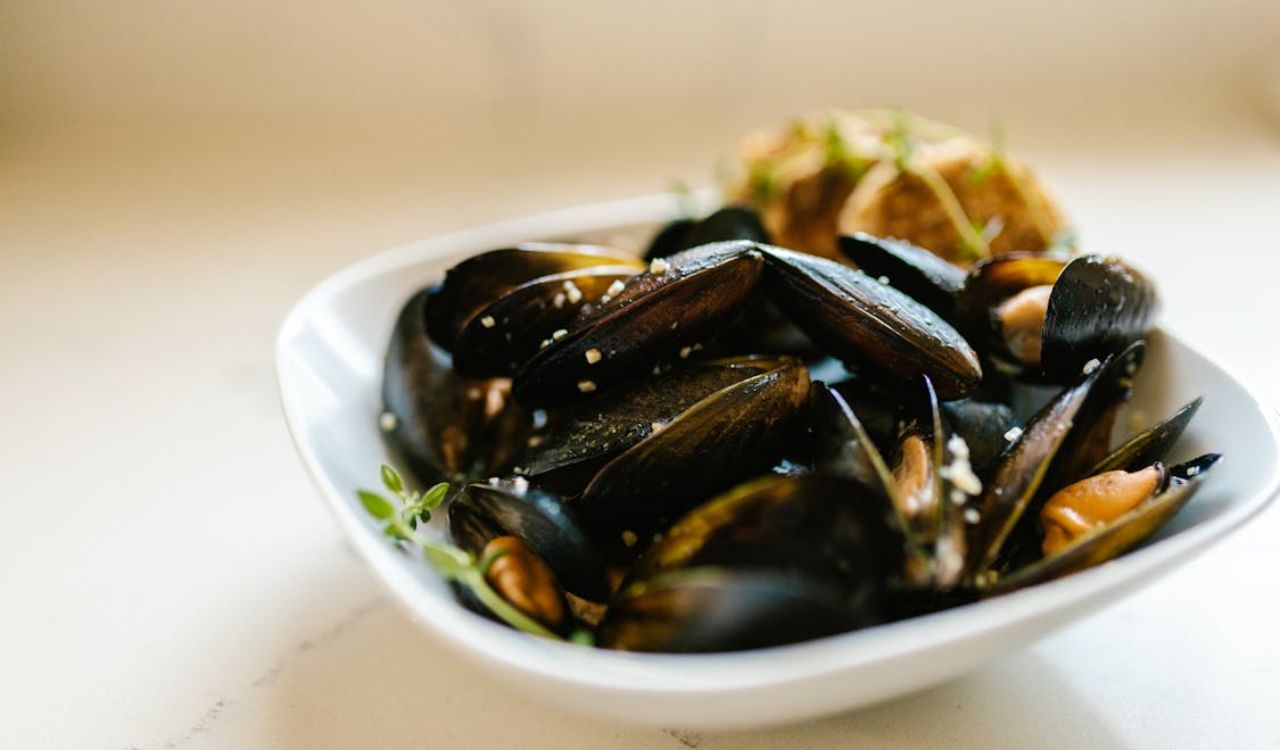
Steamed mussels offer both flavor and nutrition. They are packed with protein, vitamin B12, and omega-3 fatty acids while being low in calories. Mussels are often served in a broth of white wine, garlic, and herbs, which enhances their natural sweetness without overpowering them. Pairing the dish with a slice of crusty bread to soak up the broth makes it feel indulgent yet balanced. Affordable and easy to share, mussels are an excellent choice that turns a simple preparation into a memorable seafood experience.
4. Grilled Shrimp Skewers
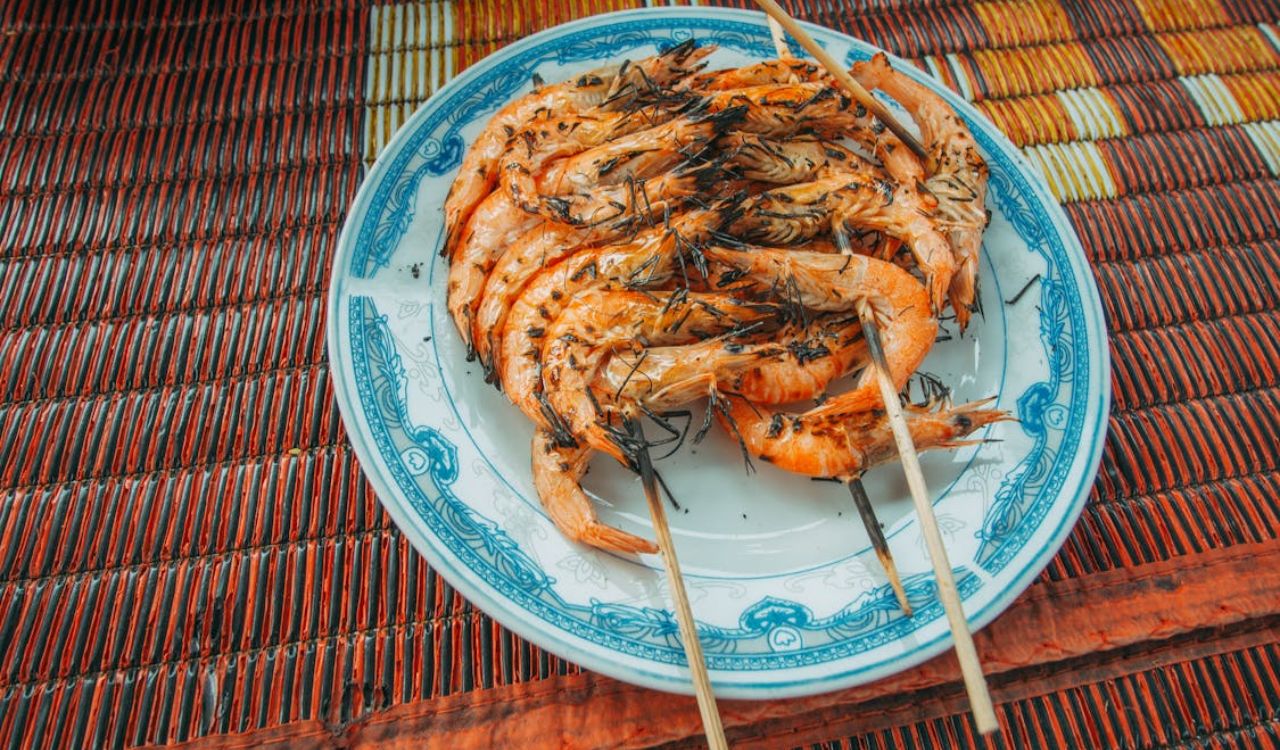
Shrimp skewers are a light yet flavorful option that works well as an entrée or shared starter. Shrimp is naturally low in fat and calories while providing plenty of protein, selenium, and vitamin B12. Grilling brings out its natural sweetness and avoids the heaviness of frying. Often paired with vegetables on the skewer, it becomes a complete, colorful meal. A drizzle of citrus or garlic butter adds flavor without overwhelming the shrimp. This dish is quick, versatile, and ideal for diners looking for something filling but not overly heavy.
5. Seared Scallops
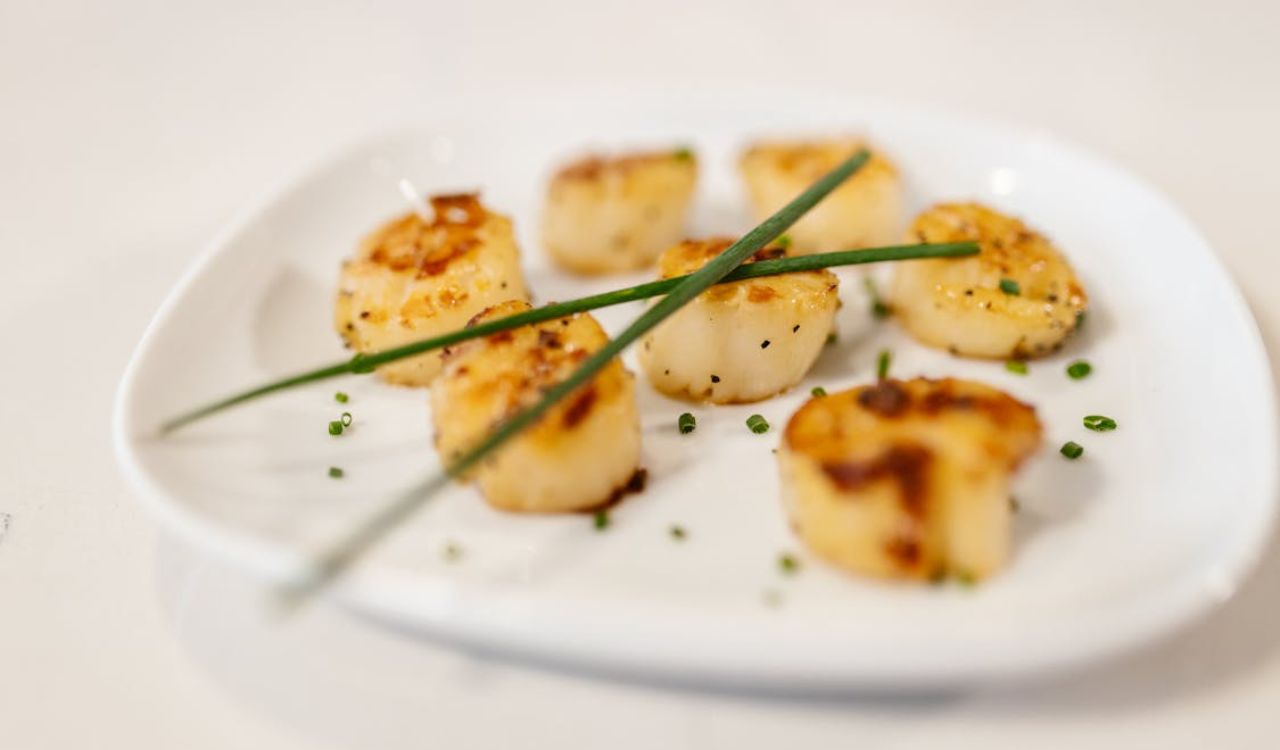
Seared scallops are prized for their sweet, delicate flavor and buttery texture. They are an excellent source of lean protein, magnesium, and potassium, making them as healthy as they are delicious. When seared properly, scallops develop a golden crust while staying tender inside. Restaurants often pair them with risotto or a light vegetable medley, elevating them into a gourmet entrée. Their balance of taste and nutrition makes scallops a standout order that feels indulgent without straying into excess.
6. Grilled Swordfish
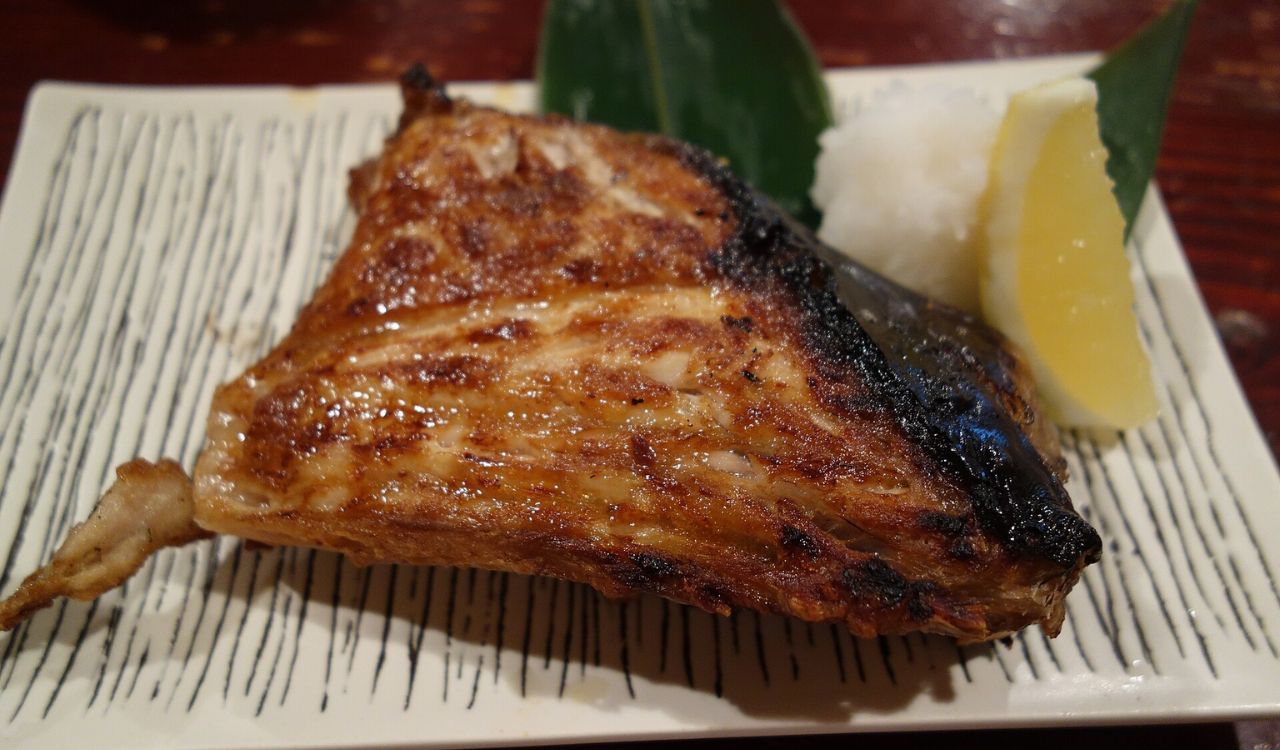
Swordfish is a meaty fish with a firm texture that makes it satisfying for those who prefer something hearty. It is high in protein and provides omega-3 fatty acids, yet remains lean compared to red meat. Grilling swordfish with herbs and lemon keeps the flavors clean and bright while preserving its natural richness. Served with vegetables or grains, it becomes a balanced plate. Swordfish delivers a steak-like experience without the heaviness, making it an excellent alternative to red meat entrées.
7. Broiled Halibut
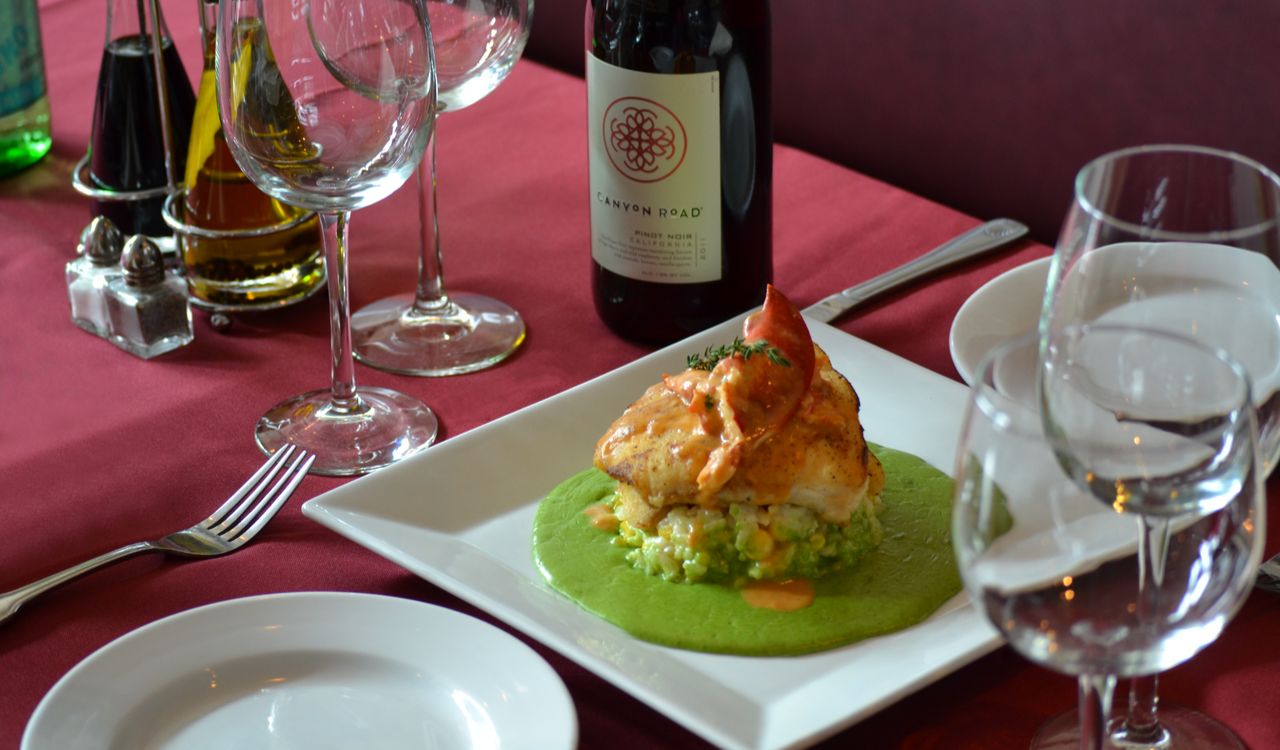
Halibut is a mild white fish that adapts well to broiling, a technique that keeps it lean and flavorful. It is low in fat and calories while offering high-quality protein, vitamin D, and magnesium. A simple preparation with olive oil, herbs, and lemon brings out its natural sweetness. Halibut’s light, flaky texture pairs well with fresh vegetables or salad, creating a balanced and refreshing meal. It is one of the best options for diners seeking delicate flavors without fried coatings or heavy sauces.
8. Cioppino
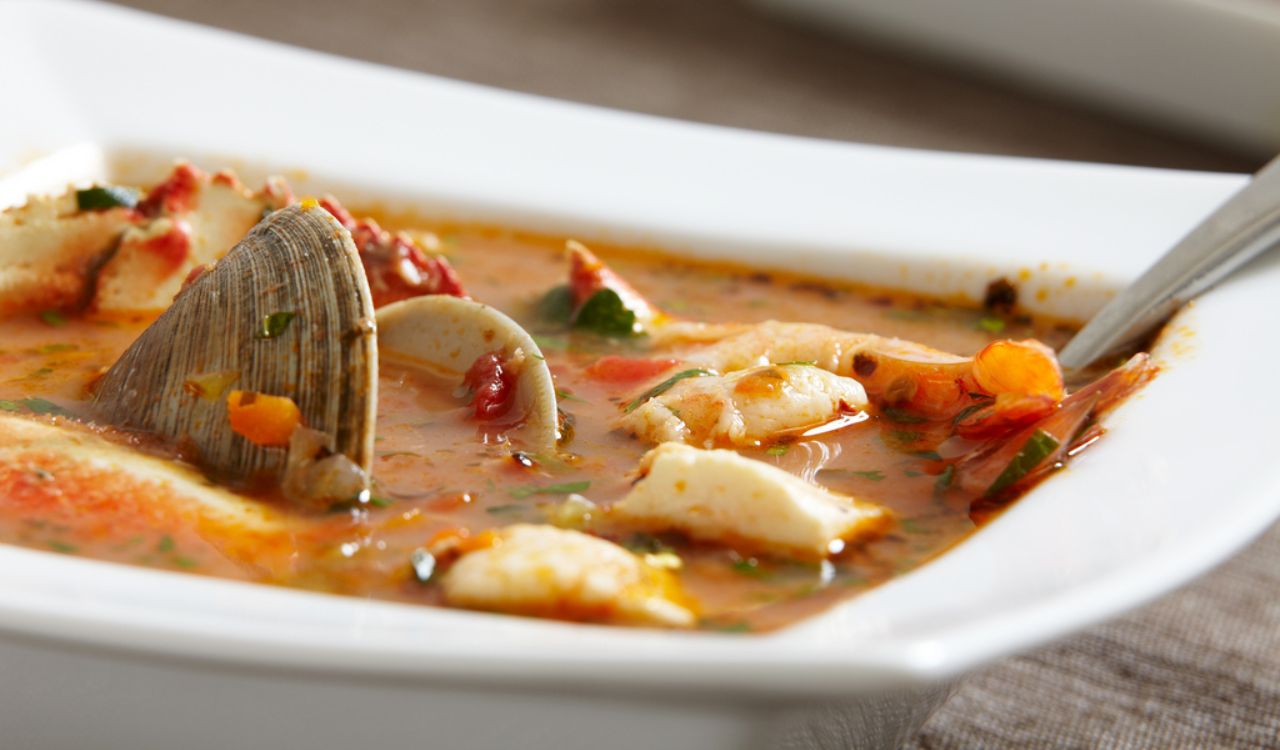
Cioppino, the classic Italian-American seafood stew, combines clams, mussels, shrimp, and fish in a tomato and wine broth. This dish is nutrient-dense, providing protein, vitamins, and minerals without relying on heavy creams or frying. The savory broth adds depth while keeping calories moderate, and dipping bread into the broth makes it both hearty and satisfying. Cioppino delivers variety and flavor in one bowl, making it one of the best ways to enjoy a mix of seafood in a health-conscious yet indulgent format.
Worst Orders at a Seafood Restaurant
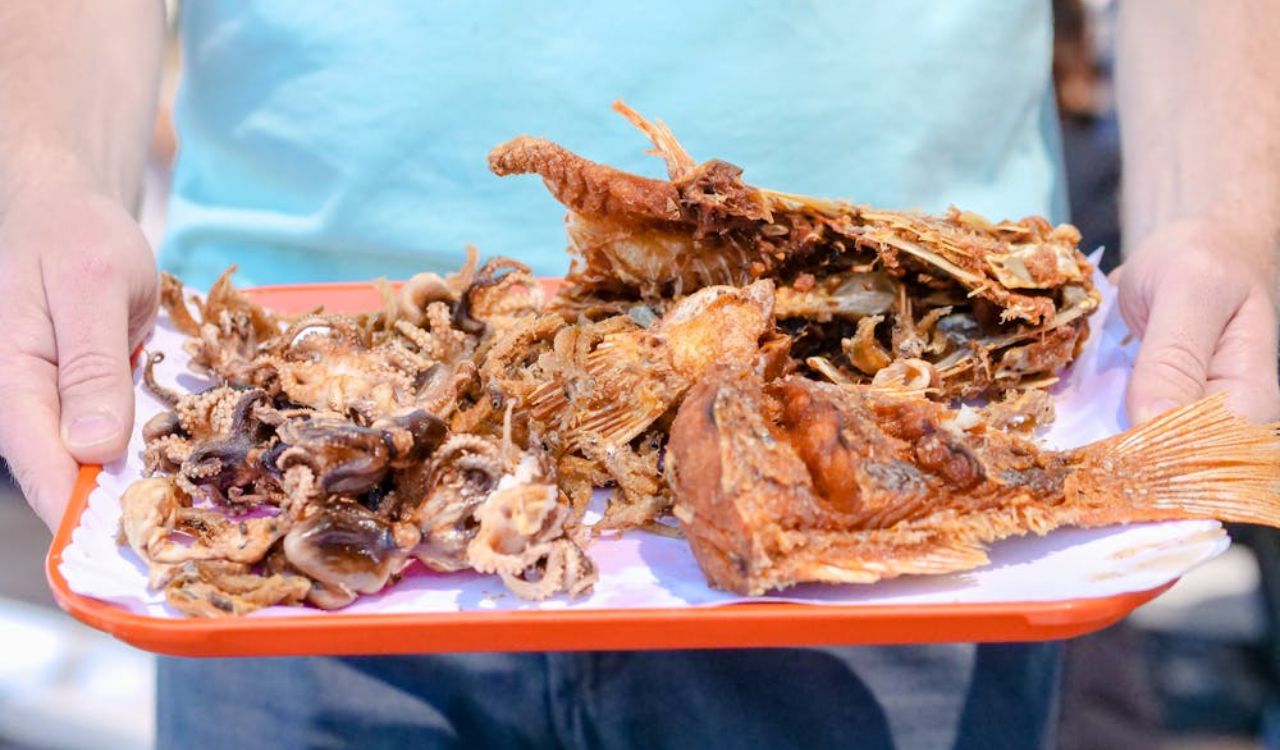
Not every seafood dish lives up to its healthy reputation. Many popular orders in seafood restaurants are deep-fried, loaded with heavy sauces, or oversized, masking the natural benefits of fish and shellfish. While these seafood meals may taste indulgent, they can also be high in sodium, fat, and calories, making them better suited for occasional splurges rather than regular dining. Here are eight of the worst seafood orders to think twice about.
1. Fried Calamari
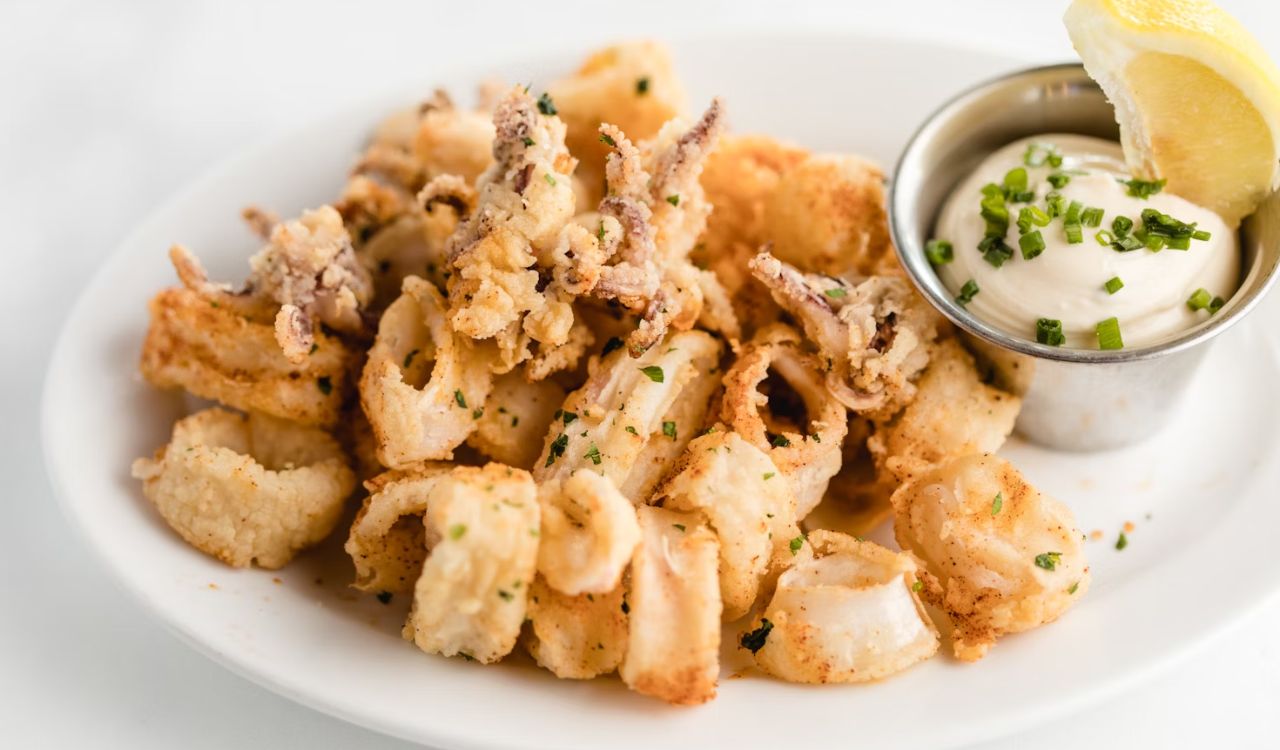
Fried calamari is a crowd favorite, but it is often more breading than squid. The deep-frying process adds a large amount of oil, making it calorie-dense and high in fat. Sauces like marinara or aioli increase the sodium and calorie count further. Fresh squid can be tender and delicious when grilled or sautéed, but in its fried form, the nutrition is overshadowed. As an occasional appetizer, it can be fun to share, but it is not the healthiest seafood choice.
2. Beer-Battered Fish and Chips
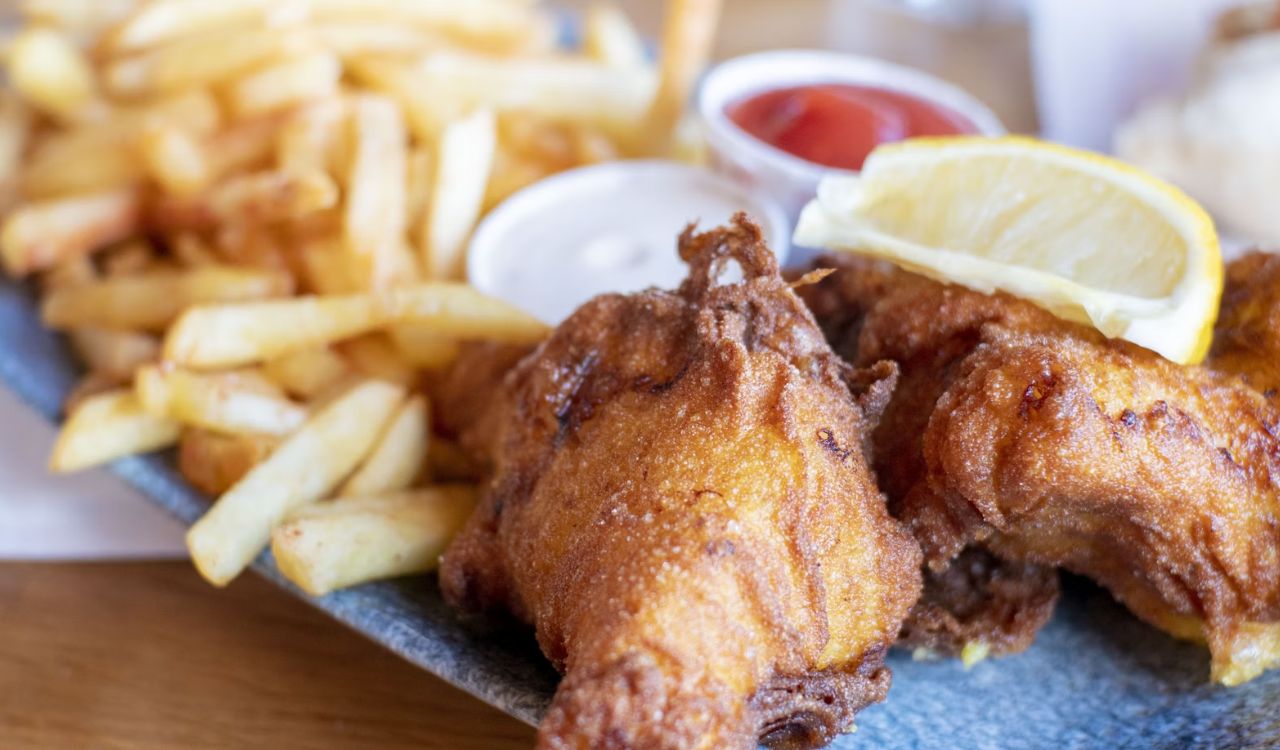
Fish and chips is a pub classic that is delicious but indulgent. The thick beer batter of this dish soaks up oil, making it high in calories and fat. Paired with French fries, it becomes a heavy, sodium-packed meal that can easily exceed daily nutritional recommendations. While it can be satisfying to eat in moderation, ordering it frequently can leave you feeling sluggish. For a lighter option, grilled or baked fish with roasted potatoes provides similar comfort with far better balance.
3. Crab Rangoon

Crab Rangoon is more cream cheese than crab, wrapped in a fried shell that adds unnecessary calories and fat. Many versions of crab rangoon use imitation crab, which lacks the nutritional benefits of real shellfish. Sweet dipping sauces only increase the sugar content. While crispy and tasty as a snack, it does not highlight seafood’s natural benefits. Best enjoyed as an occasional indulgence, it is not a dish that provides much nutrition or seafood authenticity.
4. Lobster Mac and Cheese
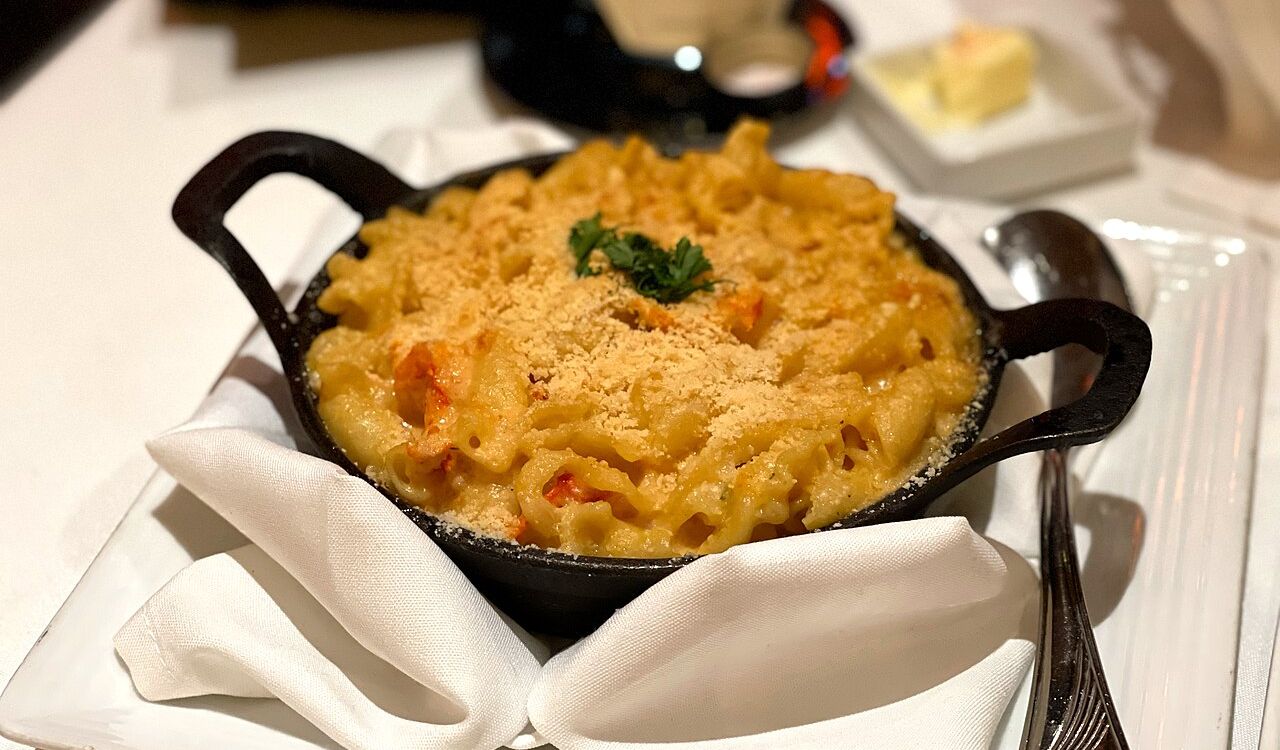
Lobster mac and cheese may sound like a luxurious seafood option, but the lobster is often overshadowed by the heavy cream, butter, and cheese. The result is a carb- and fat-heavy dish where the seafood only plays a minor role. A single portion can be extremely high in calories and saturated fat, making it more of a comfort food splurge than a seafood highlight. For a healthier take, a simple grilled lobster tail offers flavor and nutrition without the excess.
5. Deep-Fried Shrimp Basket
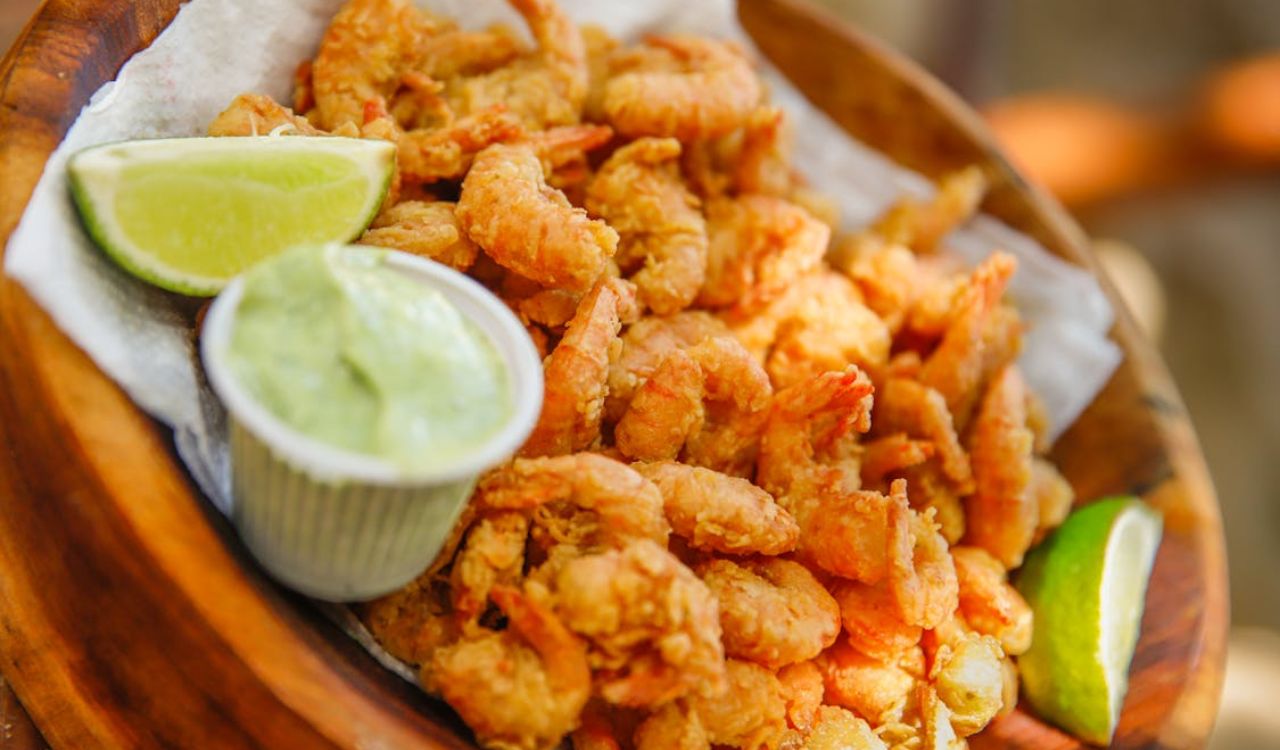
Shrimp is naturally lean and high in protein, but when deep-fried, its benefits are lost. A typical fried shrimp basket is loaded with breading and oil, and it usually comes with French fries or slaw, adding to the heaviness of the dish. The frying process also masks the shrimp’s natural sweetness, making it more about crunch than the actual flavor. So if you enjoy shrimp, grilled or sautéed versions provide the same satisfaction without the excess calories and unhealthy grease.
6. Cream-Based Clam Chowder

Clam chowder is comforting but often more cream and potato than clam. A bowl of clam chowder can be high in saturated fat and sodium, making it less than ideal for regular dining. While it delivers warmth and nostalgia, it lacks the balance of broth-based seafood soups like cioppino. Ordering a small cup occasionally is fine, but relying on it as a main meal is not the healthiest choice. Lighter seafood soups provide a fresher and more nutrient-dense option.
7. Seafood Alfredo
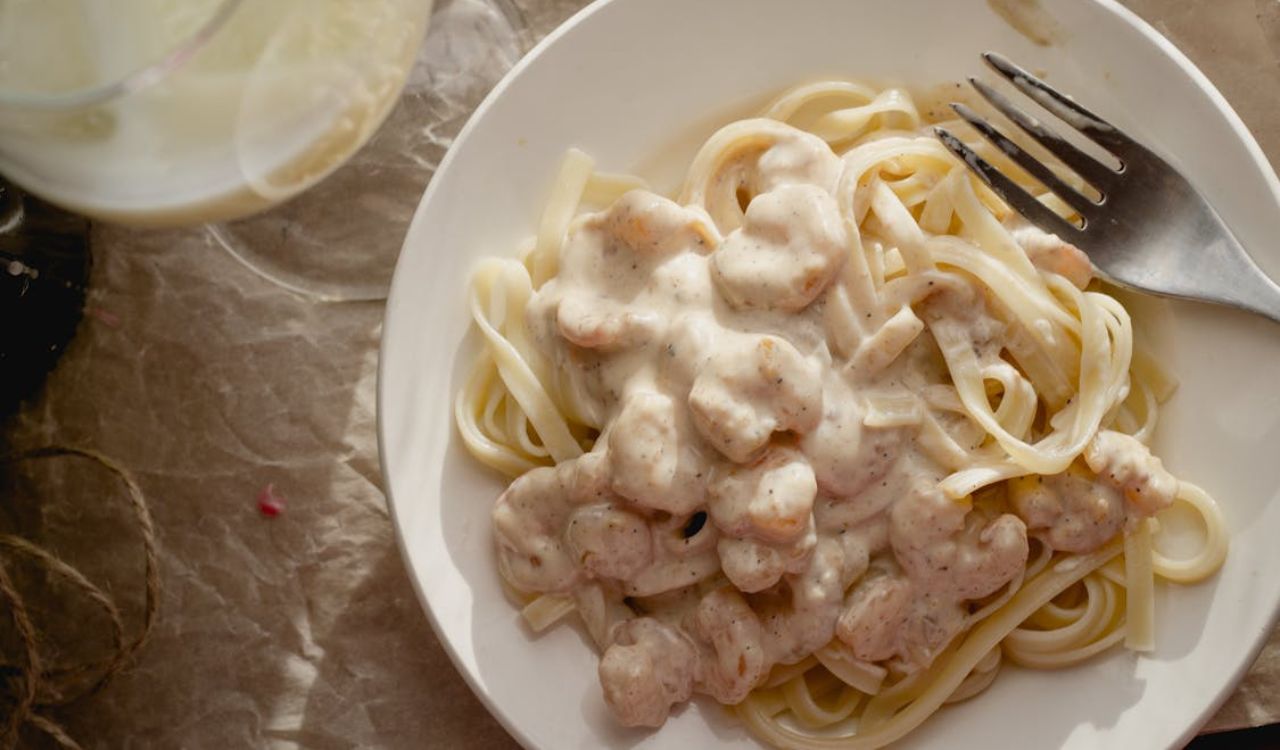
Seafood Alfredo is a dish that combines shrimp, scallops, or fish with pasta in a heavy cream and butter sauce. The seafood itself is lean, but the rich sauce overwhelms it with calories and fat. Restaurant portions are often oversized, making it an even heavier meal. While satisfying, this dish hides the delicate flavor of the seafood under a blanket of cream. A grilled seafood pasta with olive oil and herbs would highlight the same ingredients in a lighter, more balanced way.
8. Fried Fish Sandwich
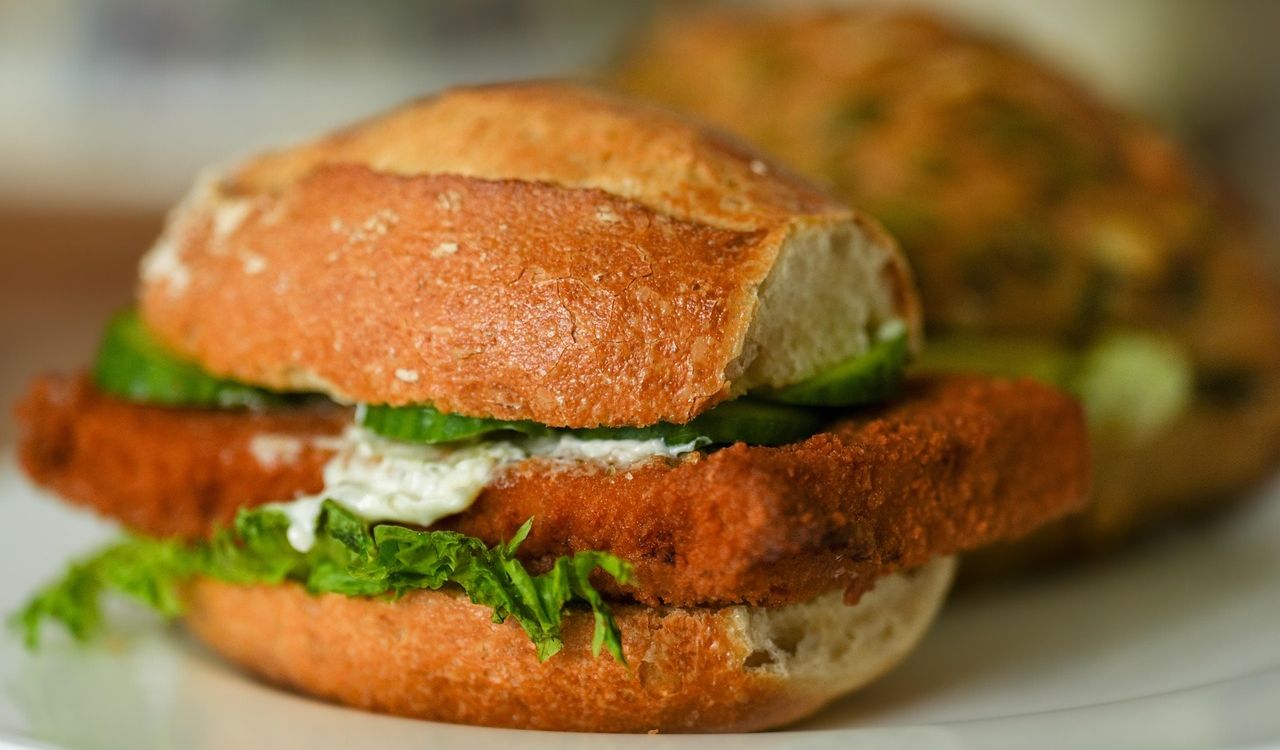
A fried fish sandwich typically pairs battered fish with cheese, mayonnaise-based sauces, and a refined white bun. The result is a calorie-heavy meal that prioritizes breading and toppings over the fish itself. While fried fish sandwich may be convenient to eat, it is one of the least healthy ways to enjoy fresh seafood. A grilled fish sandwich or wrap with vegetables may offer the same ease while letting the flavor and nutrition of the fish shine through.


